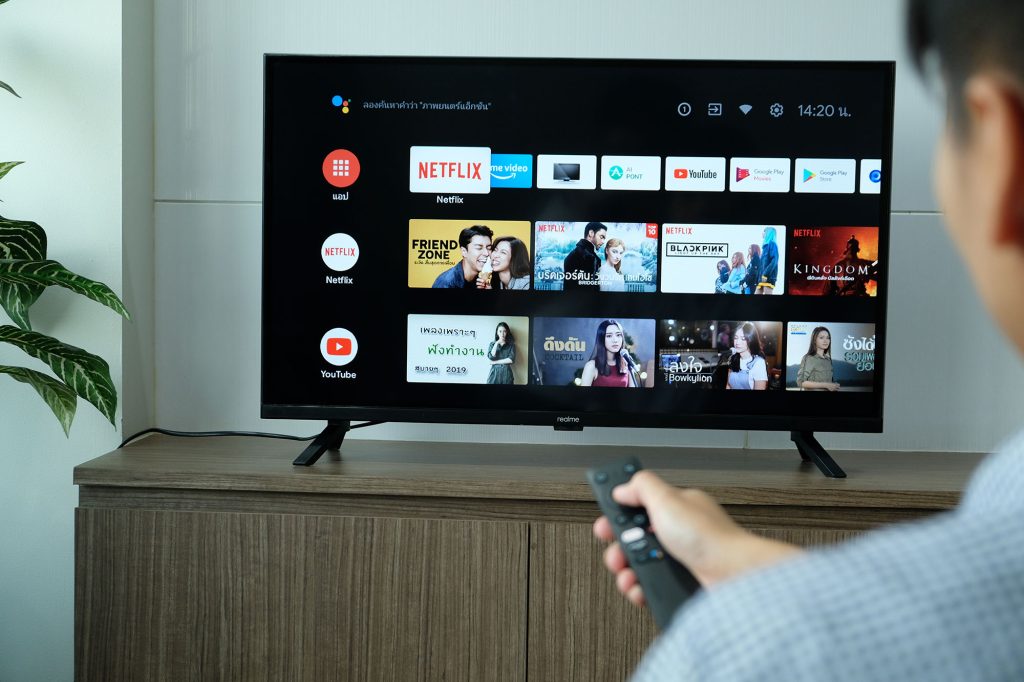From the initial days of skepticism regarding cord-cutting, the TV industry has advanced significantly. It’s commonplace to watch entertainment on the internet in your living room these days.
Streaming services accounted for 41.4% of TV viewing in July, according to Nielsen’s The Gauge, the highest percentage of any viewing format in the platform’s history. As more affordable and frequently even free ad-supported solutions have been accessible, viewers have access to a vast array of streaming material, opening up new opportunities for marketers to reach a wider audience.
Viewership is still surpassing advertising spending. This implies that there are chances for advertisers to improve their CTV approaches and more effectively leverage the contemporary viewing experience.
Strategies should adapt to changing behaviors.
READ MORE: Roku’s Self-Serve Ads Manager Allows Search And Social Advertisers To Buy CTV
Recognizing the ad experience is the first step towards knowing how to interact with viewers on CTV. Nine minutes of commercial content are typically shown to viewers on free ad-supported streaming (FAST) channels every hour. According to updated data, this peaked in July 2023, when the average ad load per hour increased to 9.4 minutes.

Ad load is down 3.4% as of right now, but the numbers are steadily increasing once more. In addition, compared to 2023, ad fill rates on CTV are significantly lower this year, most likely as a result of the market’s glut of goods.
The quantity of commercial content in an hour has a direct effect on how viewers experience it. A balanced ad load can increase viewer engagement, but an excessive ad load might cause viewer dissatisfaction and ad fatigue. Advertisers need to be aware of this detail since it will help them determine whether their campaigns will stand out from the competition, particularly when negotiating direct deals. Ad frequency and distribution are two important factors to consider.
The way that people interact with CTV content is also changing in tandem with the growth of ad-supported streaming. According to recent data, people are reportedly tuning into CTV content more frequently and for longer periods of time. Daily hours of viewing have grown consistently after a modest dip during the pandemic; the data indicate a 5% gain year-over-year, with the final quarter of 2024 predicted to be among the best for CTV viewership.

Concurrently, the average session length has increased by about 7% year over year, indicating a change in customer behavior toward longer CTV content consumption sessions.
These shifts in CTV viewing support reallocating funds to a more varied marketing mix rather than to other or linear channels. Longer sessions are a sign of more devoted viewers who find the content on screen interesting, which increases the chance for advertisers to draw in customers and enhance the impact of their ads by using smart targeting techniques.
READ MORE: Sierra Nevada Is Brewing A CTV Strategy, But Without Video
In order to meet customers where they are, context is vital. Context is important to keep viewers’ attention on screen throughout the commercial break. For example, marketers would be startled to hear that the most popular type of content on ad-supported streaming is reality TV, even though CTV is usually thought of as high-quality premium programming. Advertisers can increase positive attention and association with their business by delivering more effective messages in the appropriate setting by taking into account elements like genre and emotion.

Marketers can now pull new levers
Given the availability of CTV content and the rise in audience engagement, advertisers have a great chance to consider their big-screen consumer outreach strategies more carefully.
It’s important for advertisers to act, adjusting their ad sales techniques to be profitable and putting measures in place to maximize viewership as variables like ad load, fill rate, and time spent continue to change. Advertisers may improve their strategies to drive actual success on CTV by taking into account the changing nature of both the viewer and ad experience.
Radiant TV, offering to elevate your entertainment game! Movies, TV series, exclusive interviews, music, and more—download now on various devices, including iPhones, Androids, smart TVs, Apple TV, Fire Stick, and more.


